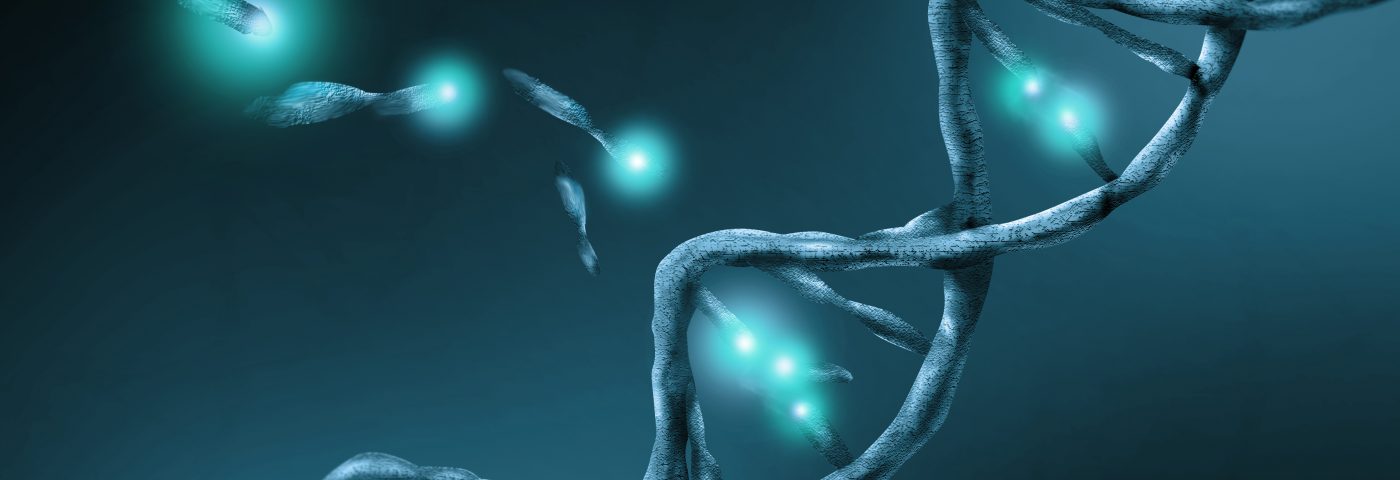Mutations called copy number aberrations (CNAs) that drive the development of so-called triple negative breast cancer likely occur in short punctuated bursts at the earliest phases of tumor growth, according to the report, “Punctuated copy number evolution and clonal stasis in triple-negative breast cancer.”
Published in the journal Nature Genetics, the report challenges previous beliefs. The results advance the understanding of mechanisms that drive cancer development, and will likely improve molecular diagnostics and treatment of breast cancer.
In breast cancer, as in many other cancer types, some cells start accumulating genetic mutations such as CNAs. But research had been limited because mutations are only studied at one time-point — after a tumor has been surgically removed.
“The current model asserts CNAs are acquired gradually and sequentially over extended periods of time, leading to successively more malignant stages of cancer,” Nicholas Navin, PhD, professor of genetics at the University of Texas MD Anderson Cancer Center and senior author of the study, said in a news release.
Navin’s study instead supported an alternative theory. By developing a new method called highly multiplexed single-nucleus sequencing (HM-SNS) to investigate how this type of mutation arises, they gained insight into the evolution of mutations without sampling tumors at various time points.
The method analyzes mutations in single cells. The team sequenced the genome of 1,000 single cells from 12 tumors triple negative breast cancer patients, observing that the growth of the cancer is not supported by the hormones estrogen and progesterone, or by the presence of too many HER2 receptors.
With the help of both genetic analysis and mathematical modeling, researchers concluded that the changes they observed are not likely explained by a gradual aggregation of mutations, as previously believed. Early data from the research group also suggest that the same mechanisms are at work in other types of solid cancers such as prostate, colon, liver and lung.
“This model has important implications for our evolutionary understanding of cancer growth dynamics and for the clinical diagnosis and treatment of triple-negative breast cancer patients,” Navin said.

